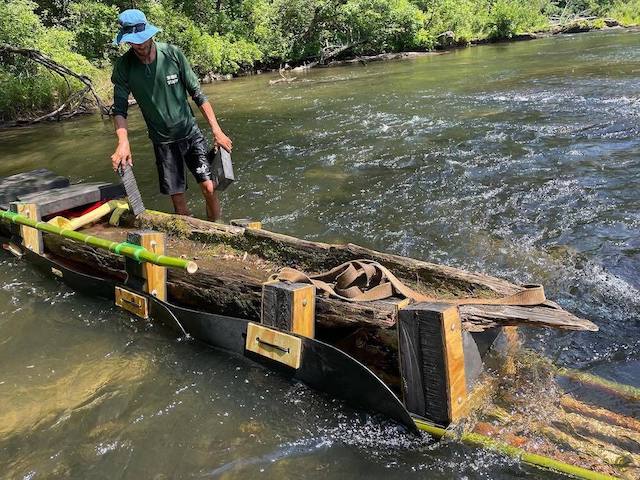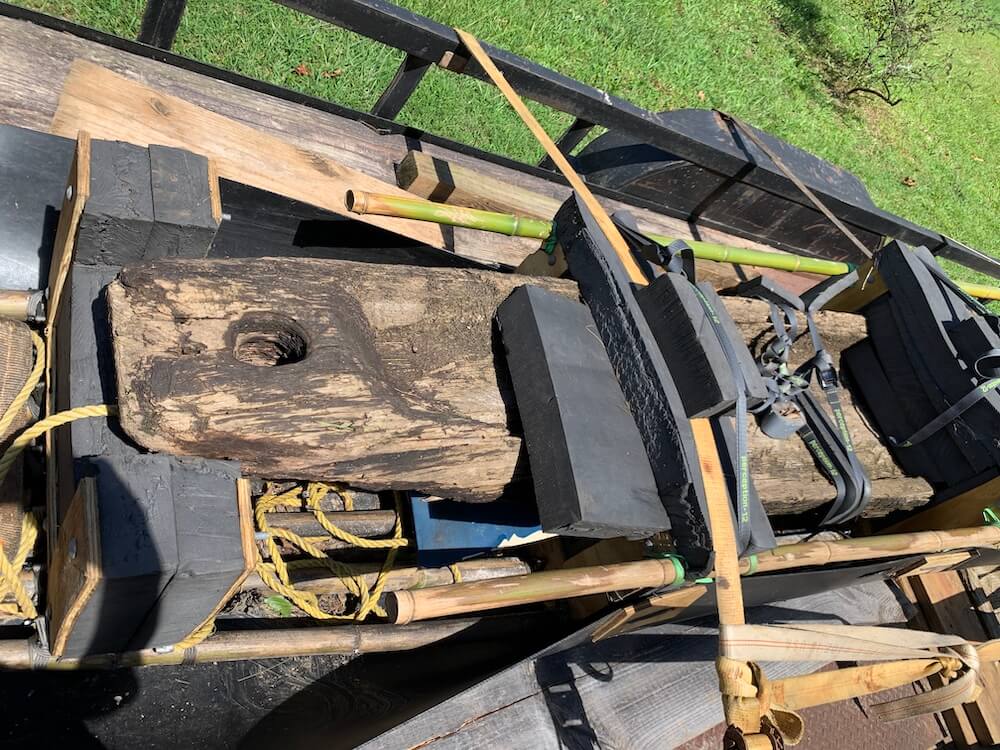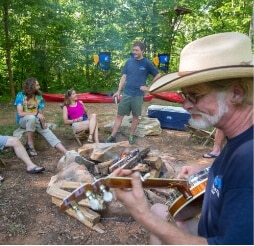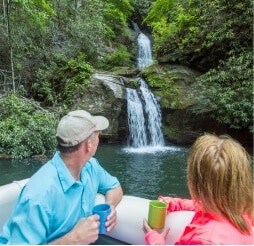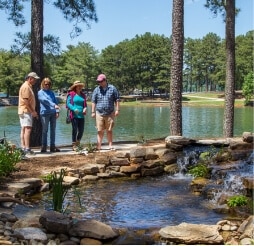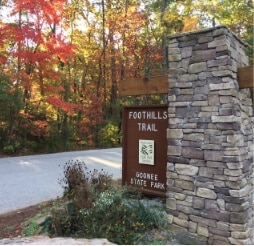Another canoe found in the Chattooga River

Seventeen years after a Native American canoe was discovered in the Chattooga River, a second dugout canoe has been found!
Paddlers floating down river spotted something unusual last fall.
They contacted the Chattooga Conservancy, the organization who had been instrumental in extracting the first canoe discovered in the Chattooga back in 2004.
The Chattooga Conservancy confirmed the recent discovery seemed authentic and contacted the SC Institute of Archaeology & Anthropology and the Eastern Band of the Cherokee Indians. These sources believe this “new” canoe may date back to the 1700s and would have been used to ferry early settlers or Native Americans across the river. The canoe will undergo radiocarbon tests to better determine its age.
The decision was made to extract this important Native American artifact from the river.
Once an appropriate case is built, the plan for this “new” Chattooga Canoe is to have it on permanent display in Long Creek, South Carolina.
It seems fitting for the canoe to end up in Long Creek, the nearest community to the Chattooga River, close to its resting place for over 200 years.
Canoe Extraction
The canoe is nearly 22 feet long, 2 feet wide and weighs over 1,000 pounds. Getting the canoe to dry land required months of planning and collaborative efforts between the University of South Carolina, the U.S. Forest Service, and the Chattooga Conservancy. A core team of strong and dedicated individuals, along with great volunteers, worked for 13 days to extract the canoe and haul it out of the river.
Because of the canoe’s location, and the fact that the Chattooga River is only accessible at certain points, removing it from the river was a difficult multi phase process.
Phase 1
The canoe was loaded onto a specially designed cradle and floated down river. A cradle was fashioned using a flexible plastic base (custom made by Yard Glider) that was attached to wooden braces. Bamboo rods were fitted to help guide the cradle. Foam blocks helped pad the canoe during the process.
Phase 2
Required a pulley system, brute strength–and literally 10,000! cranks of a 2 ton come along winch–to get the canoe up a steep mountain slope and down a bank in preparation for the next phase. See Chattooga Conservancy’s Instagram post below.
Phase 3
The canoe and cradle were mounted to a custom flotation rig in order to float it through a calm stretch across the river to the Georgia side of the Chattooga. From the Georgia side, it was easer to load the canoe onto a vehicle for transport.
Next up
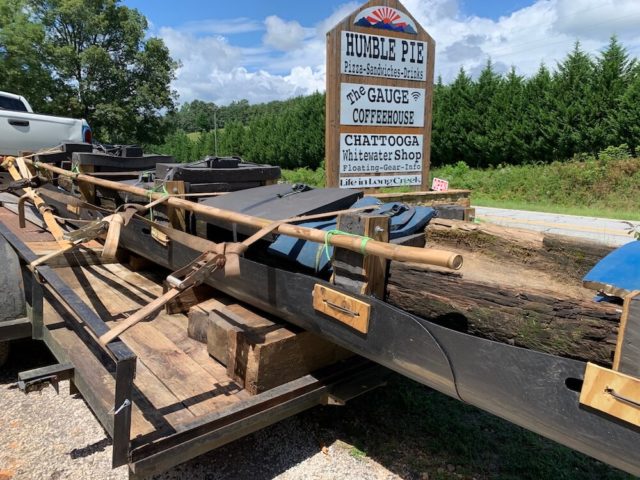
The canoe is in storage waiting for a custom designed case to be built. Once the display case is ready, the canoe will come back to Long Creek.
The public will be able to view and appreciate this unassuming piece of history.
The canoe technically belongs to the SC Institute of Archaeology and Anthropology since it was found in South Carolina waters. It will be on loan from SCIAA and permanently housed at Chattooga Whitewater Shop.
Centuries after the canoe was crafted to carry people across the river, Long Creek is still a community supported by the Chattooga River. It has become a federally protected Wild & Scenic river that delights thousands of visitors every year who come to play in the cool water and enjoy the lush forested landscape.
It’s amazing that a piece of hand hewn wood was able to withstand the harsh elements and fluctuating water levels of the free flowing Chattooga River for over two centuries! Hopefully modern technology will serve it well and help keep this wonderful find intact for the duration.
The first Chattooga canoe, discovered in 2004, is on display at the Oconee History Museum in Walhalla, SC. It was carbon dated to about 1760 and determined to be of Native American origin.
An informative article titled “Preserving a centuries-old piece of history,” along with this drone footage, and lots of great images during the extraction can be found on PlateauDailyNews.com.


